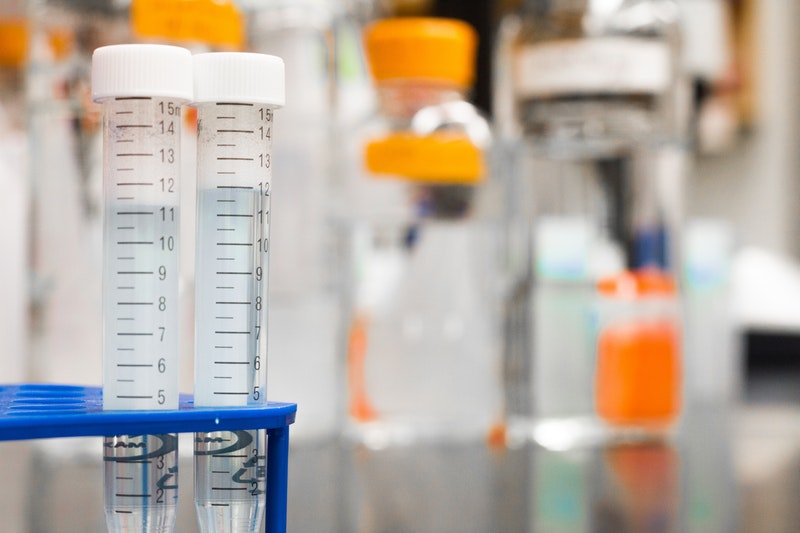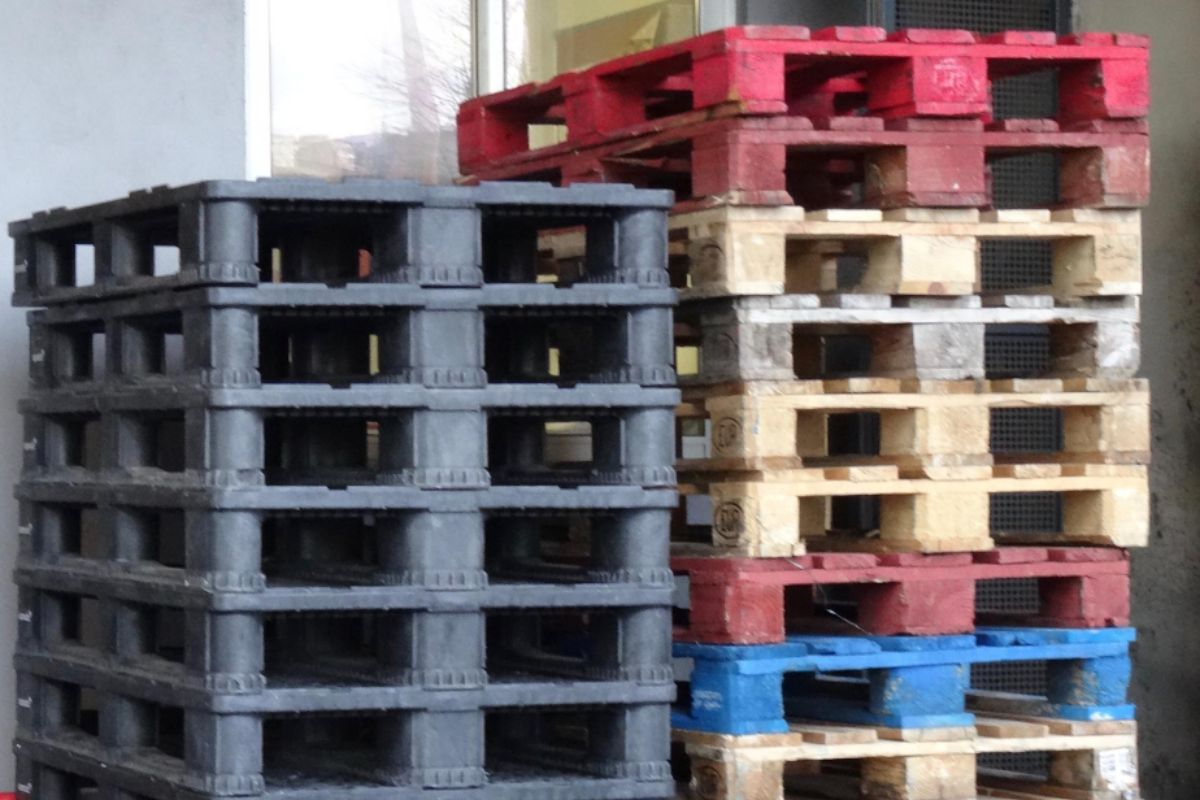What are the different injection molding processes?
- Overmolding
- Thin wall molding
- Co-injection molding
- Gas-assisted injection molding
- Insert molding
- Cold runner injection molding
- Rapid injection molding
When establishing a collaboration with a molding company in China, you should know that they will do whatever means possible to deliver precision and accuracy faithful to the design or concept of your project. Plastic is a synthetic material that is soft or semi-liquid when hot so manufacturing relies on different methods like injection molding processes to form them into solid shapes and parts.
Plastic injection molding is the best way to produce large numbers of these parts with a great quality and high accuracy. And with that said, here are the things you need to know about the different injection molding processes:
Overmolding

Overmolding, a type of injection molding that is also called two-shot molding, is the process that covers an injection mold with another substance, like metal or rubber, for instance, to improve the performance or durability of a product.
The most commonly used overmold material is the thermoplastic elastomer (TPE) which is a rubber-like compound. A great example of a TPE overmold application is the handle grips on a toothbrush. Often, overmolds can also be used to seal products with parts made from several injection molds.
Thin Wall Molding

Plastic injection molding transcends many technologies and it continuously innovates with every new requirement in manufacturing. Thin wall molding is a process that bears testament to this as it achieves the production of a plastic part with very thin walls.
This process is mostly used in applications that involve test apparatuses, electronics, vessels, tubs, and other enclosures. Engineers in plastic injection molding use thin wall molding with a significant consideration for mold design, intricate aspects of the part design, and processing in detail to ensure that the thin wall geometry will hold up without quality issues.
Because this is a meticulous process, plastic mold makers should ensure that no defects can come forward like cracks or shrinkage.
Co-injection molding
This process of injection molding creates a skin and core material arrangement around a molded part. Firstly, the skin material is injected into the mold cavity, immediately followed by a core material. The skin material then proceeds to flow into the cavity which gives way to the material next to the cavity to freeze and the material to flow down a center channel.
When the core material enters the mold, it displaces the skin material in the center of the channel by pushing the skin ahead. The last part of the process happens when the material flows ahead and continues to freeze on the walls to produce the skin layer.
Gas-Assisted Injection Molding
Running into trouble is sometimes unavoidable when it comes to thick plastic injection-molded parts because the part runs the risk of distorting as it cools. The solution to this problem is gas-assisted molding because it shoots gas into a plastic material-filled injection mold which provides an answer to the molding defect mentioned.
This allows the plastic on the outside part of the mold to maintain a smooth and polished appearance, all while the inside stays porous or hollow. The high-pressure gas co-injected along with the plastic part produces discreet, internal hollow sections. The solid piece with hollow sections not only keeps the part from deforming during the cooling stage, it can also reduce the cost of the part, depending on the amount of material you use.
Insert Molding
Insert molding, just like overmolding, is an injection molding process that combines two or more components to produce a single product.
Insert injection molding works by inserting a component into the injection mold cavity as the plastic material is filled around it. The inserts can add strength to a product and eliminate the need for additional parts that can contribute to the overall product weight.
Cold Runner Injection Molding
The cold runner mold is made possible through a process that uses a sprue to fill the runners that inject the plastic resin into the mold cavity. In two-plate molds, the runner system and parts are attached and the presence of an ejection system is used to separate the pair from the mold.
Cold runners can reduce waste in production by recycling and regrinding the material, although it can also increase the total cycle time. The great benefit of utilizing cold runner systems is that they can be used for a wide variety of polymers and it also allows for easy color changes for the parts.
Rapid Injection Molding

Rapid injection molding is great if you want to make prototype injection molded parts through a thermoplastic resin production in a span of two to five weeks. The parts can be used for fully functional applications and testing as well as test marketing.
One thing you have to remember in using this plastic injection process is that material selection has an impact on everything, from device performance, testing, and to cost and profitability.
Key Takeaway
The different injection molding parts can be quite a handful. Although they can be overwhelming when you are starting a project, keep in mind that you cannot go wrong with a reliable mold company in China by your side.
Envision the goals for your business and ask them for assistance in understanding the different processes in injection molding which you can employ for product manufacturing. This way, not only would you have a solid part at your arsenal, but you can also have the concise knowledge on its production as well.










